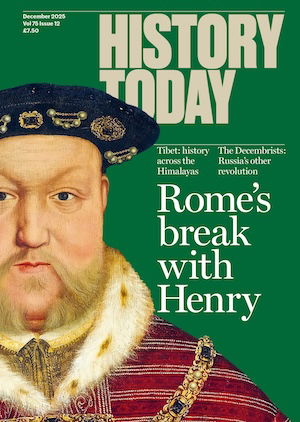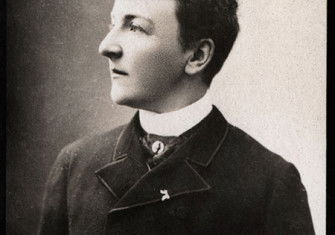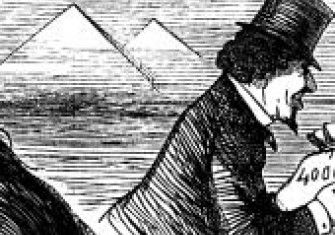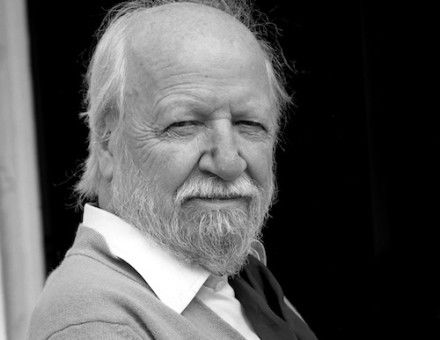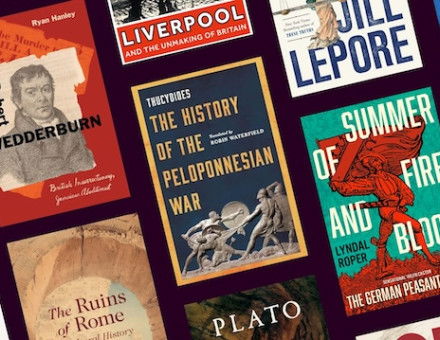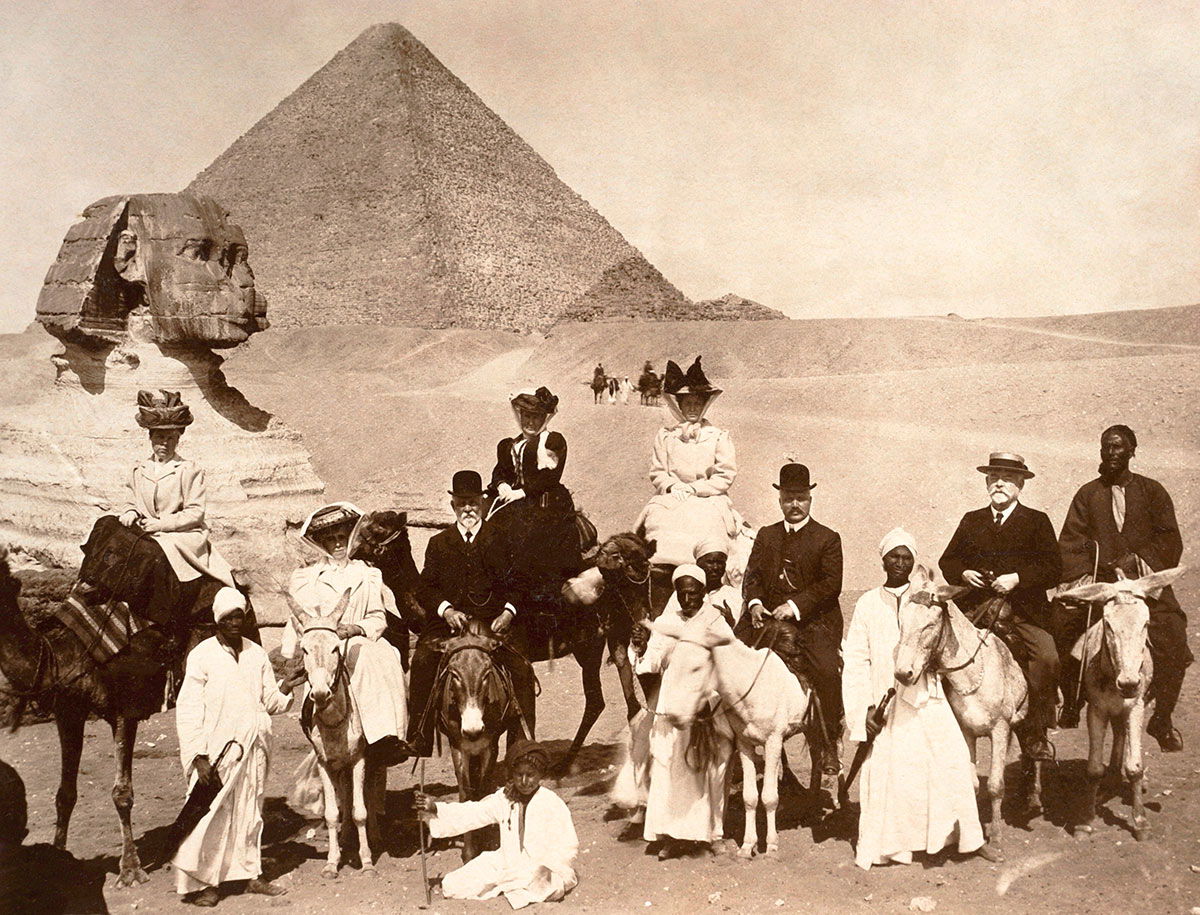
A Trip to the Sphinx
Roger Hudson expands on a photograph of an Edwardian excursion to the sites at Giza around 1910.
British tourists, their costume making no concessions to climate, pose in about 1910 on their donkeys and camels at Giza outside Cairo, the Sphinx over their shoulders. There is every chance that for the duration of their time in Egypt they will have placed themselves in the hands of Thomas Cook & Sons. Ever since the opening of the Suez Canal in 1869 Cook’s have dominated tourism there, setting up their office in the grounds of the Shepheard’s Hotel, catering for travellers en route to India and further east as well as those merely wanting to see Cairo and journey up the Nile to view the pharaonic remains. They have a fleet of sailing dahabeahs and steamers on which Europeans can be insulated from the dangers that otherwise accompany eastern travel. In 1884 these came in handy when General Wolseley needed to transport his expedition to try to relieve General Gordon in Khartoum, carrying 18,000 men and 130,000 tons of stores. When Kitchener eventually set out to avenge Gordon’s death in 1897, it was again Cook’s steamers that carried many of his men.

